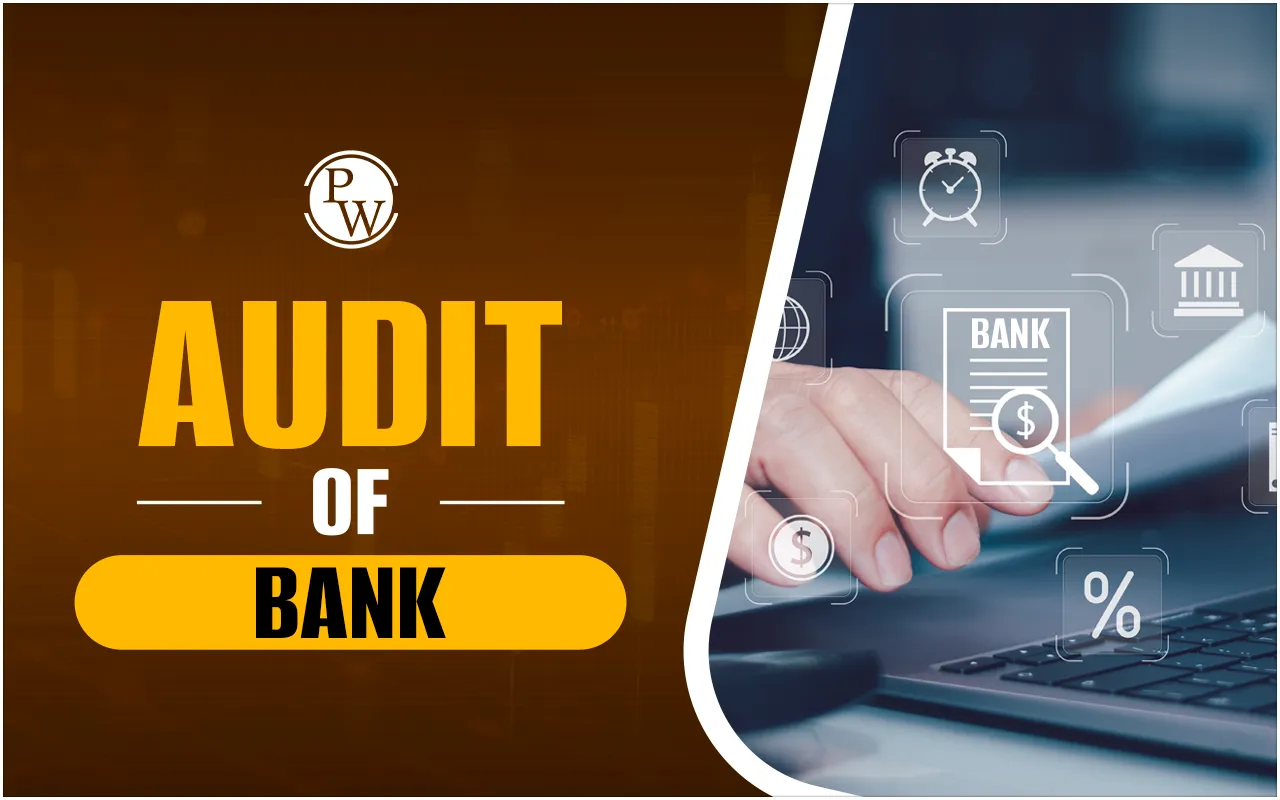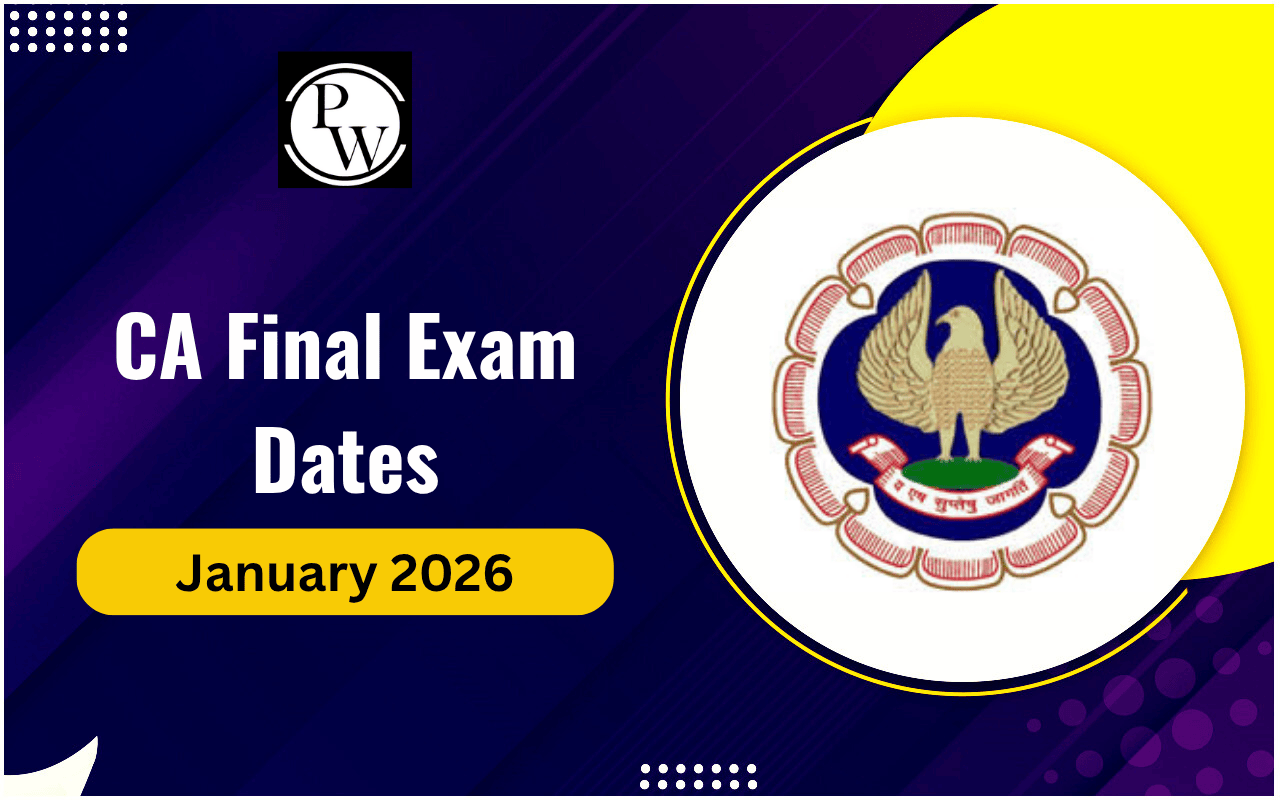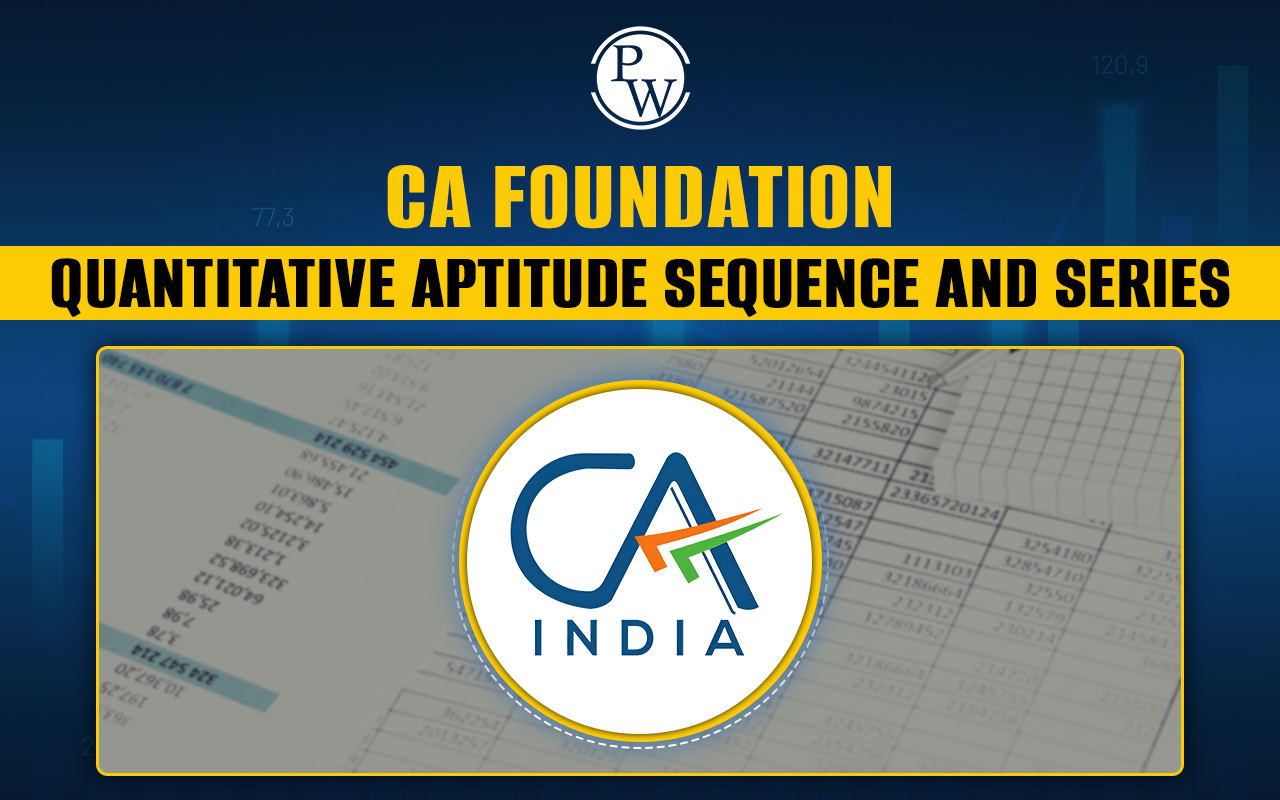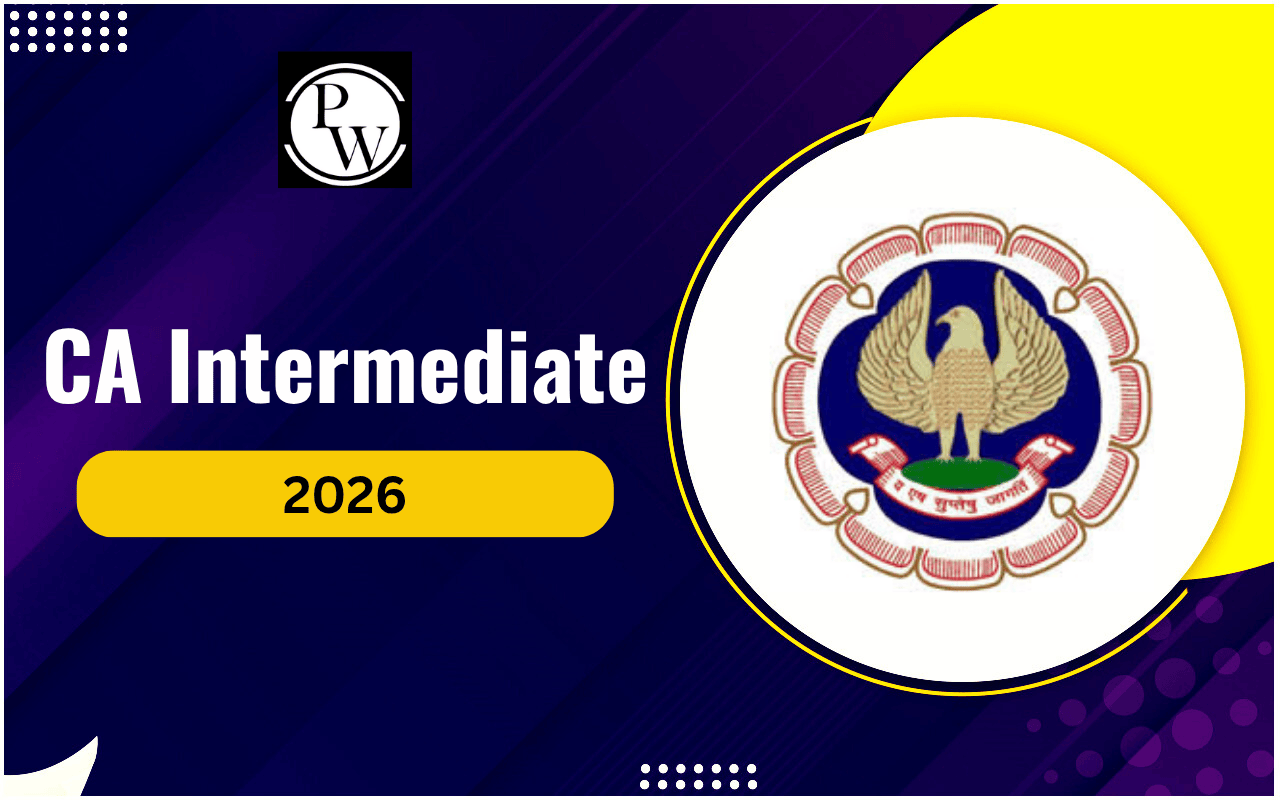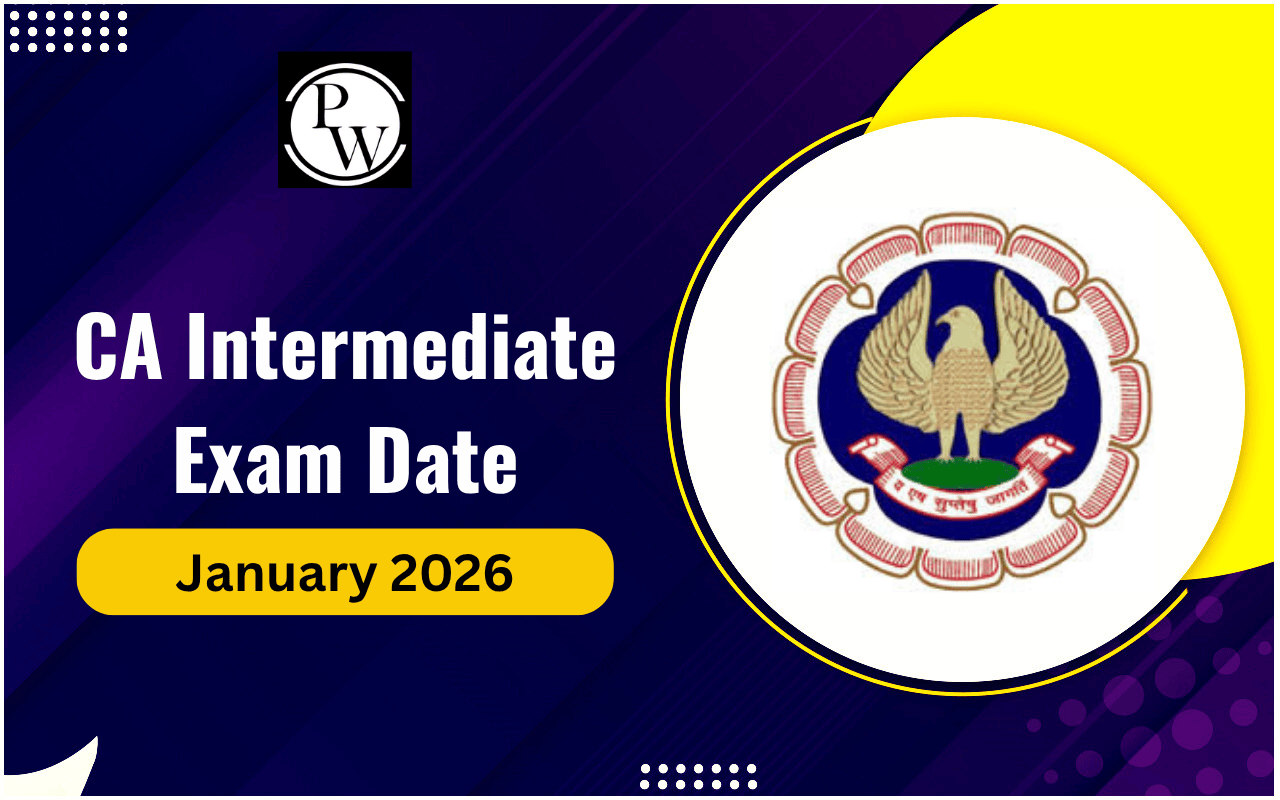
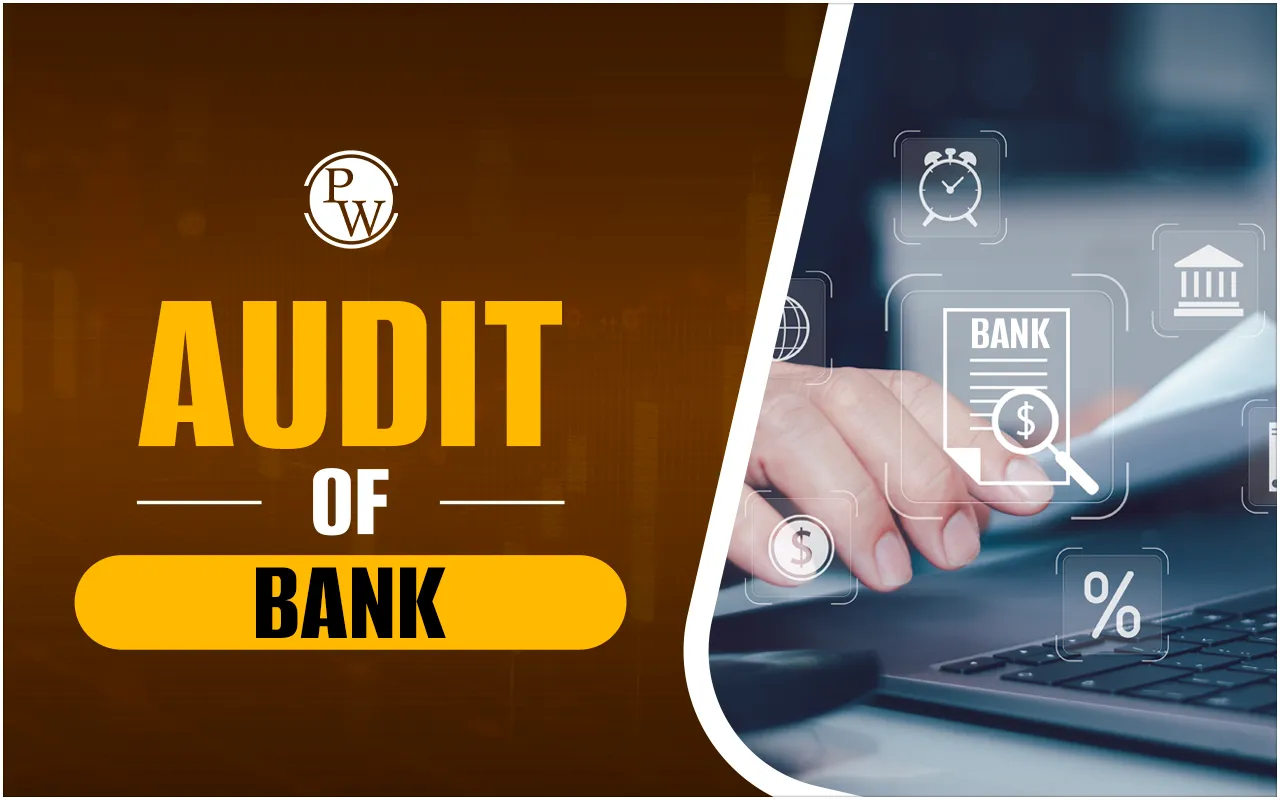
The Audit of Banks is one of the most crucial aspects of financial oversight, ensuring that banks operate efficiently, transparently, and within the legal framework. For aspiring Chartered Accountants (CAs), understanding the Audit of Banks is essential, as it forms a significant part of professional practice. Read about the process, challenges, and key areas of Audit of Banks, providing an insightful guide for CA exams.
What Is Audit of Banks?
The Audit of Banks refers to the systematic examination of a bank's financial records, internal controls, and compliance with regulatory requirements. Unlike regular audits, bank audits involve a more complex structure due to the vast number of transactions, strict regulatory framework, and risk-sensitive operations.
Key Aspects of Bank Audits:
- Verification of loan accounts and asset classification.
- Examination of compliance with RBI guidelines and other regulations.
- Review of internal control systems and risk management.
- Ensuring accuracy in financial reporting and disclosures.
Types of Bank Audits
The Audit of Banks can be classified into different types, each serving a specific purpose:
1. Statutory Audit
Statutory audits of banks are conducted as per the guidelines set by the Reserve Bank of India (RBI) and the Banking Regulation Act. These audits focus on verifying the correctness of financial statements and ensuring compliance with accounting standards.
2. Internal Audit
Internal audits help in evaluating the effectiveness of a bank’s internal controls and risk management framework. It is conducted periodically by in-house or external auditors to detect any discrepancies.
3. Concurrent Audit
A concurrent audit is an ongoing audit process conducted simultaneously with banking transactions. The aim is to identify and rectify errors in real-time, ensuring smooth operations.
4. Revenue Audit
Revenue audits assess whether the bank’s income recognition policies align with regulatory norms. It ensures that revenue leakages are minimized and income is accounted for correctly.
5. Risk-Based Audit
A risk-based audit focuses on high-risk areas of a bank’s operations. The objective is to ensure that proper risk mitigation strategies are in place, reducing financial and operational threats.
Key Challenges in the Audit of Banks
Conducting an Audit of Banks presents multiple challenges due to the complex financial ecosystem and regulatory requirements.
1. Large Volume of Transactions
Banks handle an enormous number of transactions daily. Auditors must analyze and verify large datasets, making the process time-consuming and complex.
2. Compliance with Regulatory Norms
Banks must adhere to numerous regulations, including RBI guidelines, AML (Anti-Money Laundering) laws, and Basel norms. Any non-compliance can result in severe penalties, making audit compliance crucial.
3. Cybersecurity Risks
With digital banking becoming the norm, cybersecurity risks pose significant challenges. Auditors must ensure that banks have robust cybersecurity policies to safeguard financial data.
4. Loan and Asset Classification
Non-Performing Assets (NPAs) and incorrect loan classifications can impact the financial health of banks. Auditors need to assess whether the classification of assets complies with regulatory standards.
5. Fraud Detection
Banks are highly vulnerable to fraud and financial misconduct. Auditors play a critical role in identifying and mitigating fraudulent activities within the banking system.
Role of Chartered Accountants in Bank Audits
Aspiring CAs must understand their role in the Audit of Banks, as it is a significant career opportunity in the financial sector.
- Ensuring Financial Accuracy: CAs verify the accuracy of financial statements and ensure compliance with banking laws and regulations.
- Assessing Internal Controls: They evaluate the bank’s internal controls to minimize risks and improve operational efficiency.
- Regulatory Compliance: CAs ensure that banks adhere to all legal and financial regulations, reducing risks of non-compliance.
- Fraud Investigation: Auditors identify potential frauds and recommend preventive measures to strengthen the banking system.
The Audit of Banks is a crucial aspect of financial governance, ensuring transparency, regulatory compliance, and operational efficiency. For CA students, mastering the intricacies of bank audits opens up lucrative career opportunities. A deep understanding of audit types, challenges, and regulatory requirements is essential to excel in this field.
Enroll in PW CA Courses for guidance, structured learning, and exam-oriented strategies to prepare for your CA exams. Start your journey today!
| Also Check: | |
| Employee Costs and Direct Expenses | Joint Products |
| Deductions from Gross Total Income | Assets Based Accounting Standards |
| Cost and Management Accounting | E-Way Bill |
Audit of Banks FAQs
What is the main objective of the Audit of Banks?
What are the different types of bank audits?
Why is compliance important in bank audits?
How can CA students prepare for bank audits?

